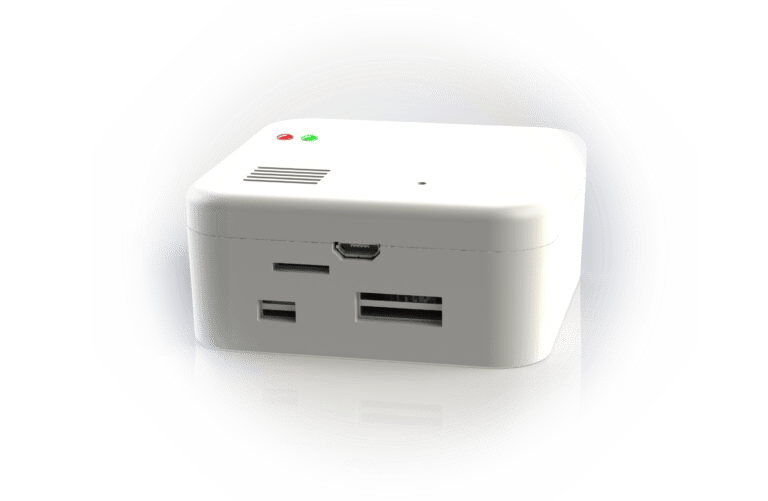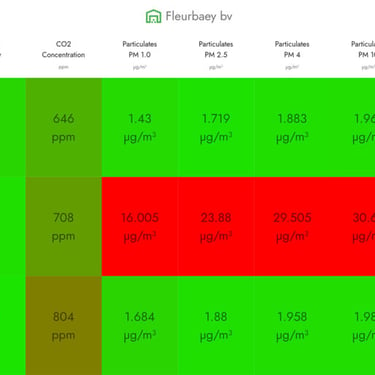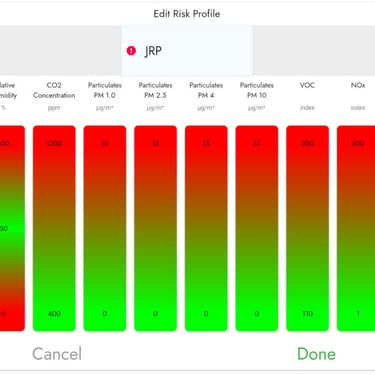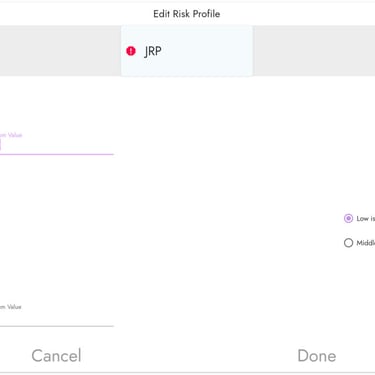Case Study:
Software Stack of an
Air Quality Measurement System
The task was to unleash the full potential of a given measurement device by engineering the envisioned system with the hardware creator and creating the whole Software Stack.
It covers the challenges, the solution and a client's experience.


Challenges
The problem was how to turn a device into an easy-to-use, reliable, maintainable and scalable IoT system.
Solution
Using Model-Based Systems Engineering, I identified customer needs and developed the most important use cases. I focused on usability for both end-users and maintainers.
I selected Zephyr for the microcontroller, Firebase for the cloud application backbone, Flutter for the web app, Kotlin for the application backend, and Kotlin with Jetpack Compose for the system admin app.
I created the VPN and IPSec connection to the mobile network provider, as well as the system documentation.
I implemented all these heterogeneous pieces into a coherent IoT system.




User Feedback
"We recently purchased an air monitoring device, and we are extremely satisfied with it. This device accurately measures key values such as CO2, particulate matter (PM), NOx, and temperature, giving us a clear picture of the air quality in our environment.
A major advantage is the ability to review data, which helps detect irregularities and better understand air pollution. Thanks to these insights and this excellent device, we can take more conscious actions to improve air quality.
Highly recommended for anyone looking to create a healthier living environment!"
Rik Osselaer, CEO

